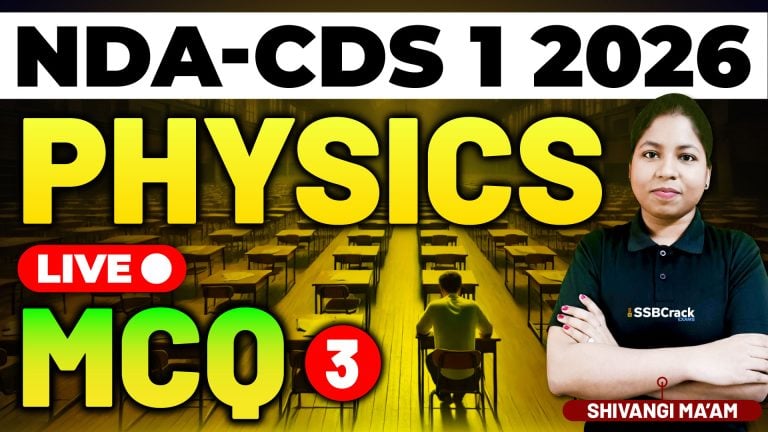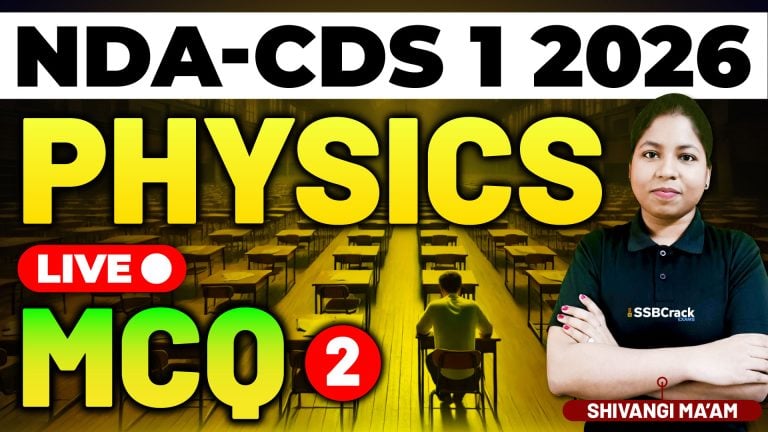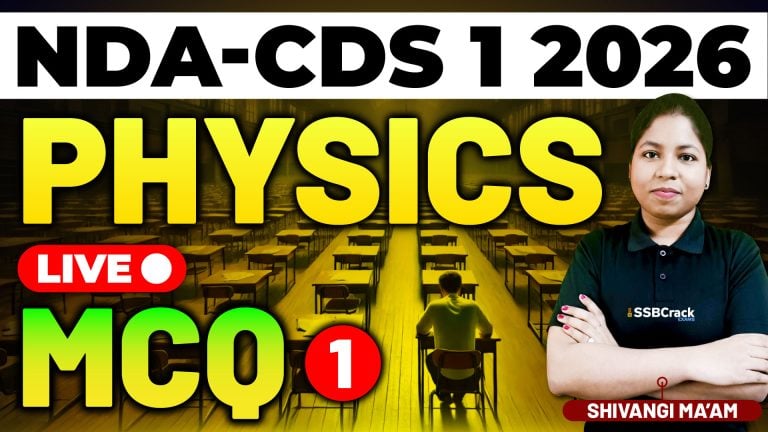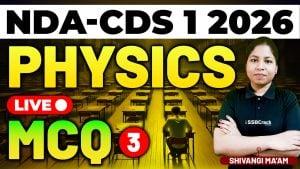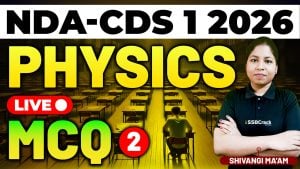In competitive exams like the Combined Defence Services (CDS) and Air Force Common Admission Test (AFCAT), the topic of percentages holds significant weight in the mathematics sections. A strong grasp of percentage concepts not only aids in direct questions but also helps with understanding problems related to profit and loss, simple and compound interest, and even data interpretation.
This blog will walk you through the key concepts of percentages, essential sub-topics, and strategies to master them for the CDS and AFCAT exams.
Understanding Percentage
A percentage is a way of expressing a number as a fraction of 100. It’s commonly used in scenarios where relative comparison or ratio is needed, such as population growth, price increases, and discounts. The ability to calculate percentages efficiently is crucial, as it plays a role in many exam questions.
Key Sub-topics in Percentages
Fraction to Percentage Conversion (and Vice-Versa) Many questions in competitive exams require you to quickly convert between fractions and percentages. For instance:
- To convert a fraction to a percentage, multiply by 100.
- To convert a percentage back to a fraction, divide by 100 and simplify. Being familiar with common fraction-percentage equivalents (like 1/2 = 50%, 1/3 = 33.33%, etc.) can help save time during the exam.
Percentage of a Number This type of problem is very common in exams, where you’re required to find a percentage of a given number. For example:
- Find 20% of 500.
- Calculate 15% of 2000. To solve these, you multiply the given percentage by the number and then divide by 100.
Percentage Increase and Decrease Questions related to increase and decrease are often linked to
topics like population growth, price hikes, discounts, or changes in data. Here’s a breakdown of each:
- Percentage Increase: Useful in situations where a value has gone up, such as an increase in salary, population, or price of a commodity.
- Percentage Decrease: Often used in scenarios like depreciation, price drops, or reduction in quantities. Understanding how to apply these formulas helps in solving real-world problems presented in exams.
Cost and Population Depreciation Depreciation questions generally focus on the reduction in value over time. These are common when discussing machines, vehicles, or equipment that lose value annually by a specific percentage. Population depreciation, on the other hand, deals with the gradual decrease in the population over time due to factors like migration, death rates, or other external influences. These types of questions test your understanding of percentage decrease over successive periods.
Appreciation Formulas In contrast to depreciation, appreciation refers to the increase in value, often associated with land prices, stocks, or population growth. You’ll often see questions where a value increases by a fixed percentage annually, and you’re asked to find the value after a certain period. Learning how to calculate compound appreciation can be crucial for answering such questions quickly and accurately.
Practical Strategies to Master Percentages for the CDS and AFCAT Exams
Given that the topic of percentages plays a central role in many problems, a focused strategy is required to tackle it efficiently.
1. Practice Basic Percentage Conversions Regularly
The CDS and AFCAT exams often involve complex questions where quick conversions between fractions and percentages are necessary. Having these conversions on your fingertips will save valuable time. Memorize common fraction-percentage pairs like 1/2, 1/4, 3/4, 1/3, and 2/3 to avoid manual calculations in the exam.
2. Use Approximation Techniques
Often, solving percentage problems involves large numbers or decimals. Developing approximation skills can help when an exact value isn’t necessary. For instance, if asked to find 48% of 200, rounding it off to 50% of 200 (which is 100) will give you a quick idea of the answer’s range, allowing for faster decisions during time-pressured exams.
3. Understand the Use of Percentages in Real-World Scenarios
Many percentage questions are word problems that apply to real-world scenarios. Practice interpreting these questions correctly. For example, discounts in shops, increases in population, or reductions in value of assets are all practical examples. This not only strengthens your ability to understand problems but also ensures that you approach each question with the right perspective.
4. Focus on Speed and Accuracy
Since percentage questions are often straightforward, speed is crucial. To build speed, practice percentage problems daily. Timed quizzes or mock tests can help you get accustomed to solving these problems quickly while maintaining accuracy. Remember, percentages often appear in combination with other mathematical topics like time and work, profit and loss, or simple interest, so regular practice will improve your proficiency across multiple sections.
5. Revise Percentage Increase/Decrease Formulas
The percentage increase or decrease formula is frequently applied in different types of questions. It’s important to practice these problems thoroughly, especially those involving successive percentage changes. For example, questions might ask for the overall change when prices are increased by 20% one year and decreased by 10% the next year.
6. Tackle Compound Questions Carefully
Many exam questions involving percentages may also feature components like ratios, averages, or even mixtures. These compound questions test multiple concepts simultaneously. As part of your exam strategy, ensure you practice these so that you can break down the problem into manageable parts and solve them efficiently.
7. Create a Study Plan Focused on Percentage-Based Problems
Devote specific days of your study schedule to mastering percentages and related topics like profit and loss or simple interest. Solving past CDS and AFCAT exam papers will give you insight into the type and difficulty level of percentage questions. Consistent revision and solving practice papers under timed conditions can build the confidence you need for exam day.
Conclusion
Percentages are an integral part of the mathematical sections of the CDS and AFCAT exams. Mastering this topic is essential for success, not only in direct questions but also in other related areas like profit and loss, interest calculations, and ratios.
By focusing on fundamental concepts like conversions, percentage increase and decrease, and real-world application, you can tackle even the most complex percentage questions with ease. Remember to practice regularly, work on speed and accuracy, and apply approximation techniques where possible. With a focused strategy and regular practice, you’ll find that percentage-based questions become one of the easier parts of these exams.
Prepare wisely, and success will follow!


